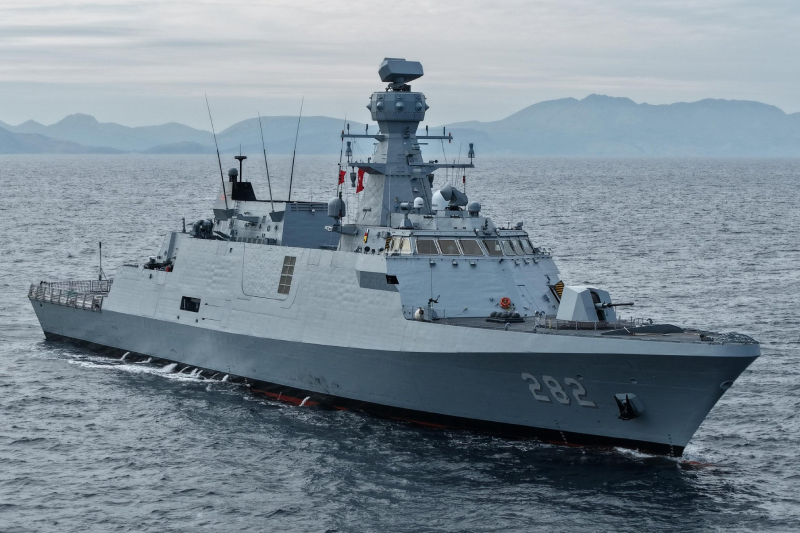Namibia Becomes First Buyer of Chinese Y-9 Aircraft
The Namibian Air Force has achieved a significant milestone in military modernization by becoming the first international customer to acquire the Chinese manufactured Y-9E medium transport aircraft. This strategic acquisition represents more than just a military equipment purchase; it symbolizes the evolving dynamics of international defense procurement and technological cooperation between China and African nations.
A Comprehensive Technical Overview
The Y-9E aircraft emerges as a sophisticated medium transport solution designed to meet the complex logistical challenges faced by modern military organizations. Developed by the Shaanxi Aircraft Corporation, a subsidiary of the Aviation Industry Corporation of China, this aircraft represents a critical advancement in China’s aerospace manufacturing capabilities.
Technically impressive, the Y-9E boasts remarkable specifications that make it an attractive option for nations seeking versatile military transport capabilities. With a substantial length of 36 meters and an expansive wingspan of 38 meters, the aircraft demonstrates impressive engineering prowess. Its maximum takeoff weight of 65 tons enables significant cargo transportation, while maintaining operational flexibility across diverse environmental conditions.
Performance Characteristics
The aircraft’s performance metrics are particularly noteworthy. Capable of achieving speeds up to 660 kilometers per hour, the Y-9E operates efficiently at cruising altitudes between 7 and 8 kilometers. Its impressive range of 5,200 kilometers ensures extended operational capabilities, critical for nations with expansive territories or complex logistical requirements.
Cargo capacity stands as another remarkable feature, with the ability to transport up to 20 tons of equipment, personnel, or humanitarian aid. This versatility positions the Y-9E as an attractive option for military and potential humanitarian missions, offering significant strategic value beyond traditional military applications.
Global Aerospace Dynamics
Rooted in the legacy of the Y-8 design, which itself was inspired by the Antonov An-12, the Y-9E represents an evolutionary step in Chinese aerospace technology. While analysts note that the platform’s technological sophistication remains modest by global standards, the aircraft signifies China’s ongoing commitment to developing competitive military and transport aviation solutions.
Namibia’s Strategic Decision
Namibia’s selection of the Y-9E underscores a broader trend of African nations diversifying their military equipment procurement strategies. By choosing a Chinese-manufactured platform, Namibia demonstrates an openness to emerging global defense technology providers and a willingness to explore alternatives to traditional Western suppliers.
Implications for International Defense Procurement
The transaction, finalized in early 2023 and recently delivered in Grootfontein, Namibia, carries broader implications for international defense markets. It highlights China’s increasing presence in the global aerospace industry and its strategy of expanding technological influence through strategic military equipment sales.
Also read this: New Variant of Chinese Z-10ME helicopter at Singapore Airshow
Future Prospects
While the current iteration of the Y-9E may not represent the pinnacle of global aerospace technology, it signals an important developmental trajectory. Continued investment and technological refinement will be crucial for China to establish itself as a competitive player in the international military transport aircraft market.
Namibia’s acquisition of the Y-9E aircraft represents more than a simple equipment purchase. It symbolizes the complex interplay of technological innovation, international cooperation, and strategic military modernization in the contemporary global landscape.
Keep connected with us at Facebook, Twitter, YouTube, Instagram & TikTok for latest defense happening around the globe.
Discover more from International Defence Analysis
Subscribe to get the latest posts sent to your email.












